James Castle
Double Sided • Single Sided • Words • About
Double Sided Drawings
Double-sided drawings with drawn imagery on both sides, click to see both sides
Single Sided Drawings
Drawn imagery on one side, often with package imagery on the reverse, click to see both sides
Words / Cut Paper
About
Exhibitions
Drawings, September 5 - November 2, 2019
I Taught Myself, group exhibition, July 2 - August 29, 2015
Works on Paper, November 13 – December 24, 2008
Drawings and Collages, September 1 – 29, 2007
READ ALL ABOUT IT!, group exhibition, June 7 - 30, 2001
Drawings and Works on Paper, March 1 - 31, 2001
-
Born: September 25, 1899, Garden Valley, ID
Died: October 26, 1977 (age 78 years), Boise, IDJames Castle was born deaf, and many believe now that he was autistic. Clearly, he never learned to speak, read or write. He employed a unique system of home-based signs and gestures within his own family. Graphic type, letters, numbers and symbols apparently meant something to him, and often appear in his work, but it's unclear how he perceived them.
With the exception of a difficult six-month term at a school for the deaf, Castle spent his entire life within the confines of his family's home and neighborhood. They lived in Garden Valley for 25 years and the rural Boise area for 52 years. Castle's parents ran the local general store and Post Office from their home in Garden Valley, which functioned as a gathering place for the community. Still, Castle's life was quite solitary in most respects despite his roles as a well-loved son, brother, and uncle to his family. Although his family encouraged his artistic endeavors, providing him with the necessary support and opportunity to create, he was also sheltered from the outside world and didn't venture very far into it. His status as an "outsider" is perhaps irrelevant. His determination as a self-taught artist is much more compelling. -
Castle's most eloquent means of expressing what he felt about the world around him was through drawing, often drawing accurately from memory. Whether drawing the domestic interior scenes of his home or rendering the rustic architecture and pastoral terrain of rural Idaho, Castle repeatedly tried to place the viewer within his own idiosyncratic world. Castle's attempt to communicate his unique experience is virtually unparalleled in the history of art. Comparing Castle's devotion and sheer output, one can think of Goya obsessively drawing on the walls of his house in Madrid, Cocteau's diaristic compulsion to draw, or van Gogh repeatedly painting views of his bedroom at Arles-all artists whose work transcends their biographies.
By all accounts, Castle's mastery of perspective drawing was self-taught from observation and mimicry. This ability became more assured as his work progressed over the 70 years in which he made art between his birth in 1900 and his death in 1977. While a level of playful inventiveness and independent resourcefulness pervades the tremendous output of his productive life, some of the most intriguing aspects of Castle's work were his particular choices of media, and how some of his techniques unknowingly parallel major artistic innovations of the 20th Century. -
Using stove soot mixed with his own saliva on the tips of sharpened sticks, Castle devised a unique substitute for graphite or ink. Despite the rudimentary materials and eccentric technique, Castle achieves an astonishingly varied sense of light and shade in each work with powerful lines and brilliantly nuanced textures that enliven the surface. From hand-mashed scraps of colored tissue papers and color printed packaging, Castle made a kind of paper pulp and pigment utilized as another artist might use paint. Castle used this colored pulp to create mysterious works with softly focused forms reminiscent of the paper pulp prints of Chuck Close or David Hockney from the 1980s.
Although we can safely assume that he had little to no knowledge of trends in art during his 70 years of production, it is a strange bit of synchronicity that much of Castle's work employs two of the most important 20th Century innovations in art, collage and appropriation. Recalling the work of Schwitters and Warhol, Castle used colored papers and found bits of plain or printed cardboard to fashion intricate constructions depicting birds and people as well as inanimate objects such as doors, books, cups or items of clothing. Akin to the strategies of Art Brut, Castle also built figural totems--called 'friends' by his family--made of dozens of layered rectangular pieces of cardboard that the artist painstakingly sewed together with irregular stitches. Referring to body parts, the stacked geometric forms recall the blocky volumes Marisol uses in her sculptural portraits. -
The most intriguing and enigmatic works in the exhibition are Castle's text pieces. Ever since Picasso included scraps of Le Figero in one of his compositions, text has played a major role in 20th century art. Considering that Castle never learned to read or write, it is intriguing that he was fascinated with printed text throughout his life. And although he likely wouldn't have known a Jasper Johns from a Rauschenberg, it is interesting to note these artists when confronted with Castle's work.
Castle fastidiously copied alphabets, numbers, and symbols, used his own invented personal glyphs, and produced book-length collections with numbers and symbols. Even volumes that appear to be calendars of some sort. And in some of the most puzzling pieces in the exhibition, Castle chose (or was given) phrases out of newspapers and magazines, cut out of them tiny rectangular pieces, and then meticulously glued the text back together. These works are remarkable not only for the care in execution, but also for the phrases themselves. But we have to remember that the words or phrases such as "CASTLE GATE," or "STAR," or LEAVES," held a much different appeal to Castle than what we perceive in the word. For Castle, it may have been a question of the graphic qualities of text while for us, the secret code of an elusive artist yet to be deciphered.
Like many other self-taught artists, such as Bill Traylor, James Hampton, the Gee's Bend Quilters, or Bessie Harvey, the peculiarities of Castle's life can be emphasized to the extent that they overshadow the extraordinary accomplishments of his life's work. The Greg Kucera Gallery is pleased to present this work within the fuller context of contemporary art. -
Village Voice article, April 26 - May 2, 2000
Home Alone - Visual art review from the exhibition at The Drawing Room, New York by Jerry Saltz
Drawing is one of the roots of art. It's a way of seeing and thinking, a way of seeing yourself think. An intimate art about cosmic things, and a cosmic art about intimate things, it happens mostly—but not always—sensually, physically, from the fingertips. The nerve endings of the hand listen to the musings of the imagination, which marvels at the movements of the hand. The artist's face is often very near the drawing. In ways it's very primitive, very primary, a kind of universal language. Drawing makes old thought new and new thought accessible. Without it—in whatever form it takes—there might be no art. To James Castle, the deaf, mute, reputedly mentally handicapped and illiterate artist, who died in 1977 at the age of 77, drawing was all there was.
It makes sense that Jay Tobler curated "House Drawings," the first exhibition of this relatively unknown "folk artist" (a term that sounds more pejorative and irrelevant every day). Tobler, who died of leukemia at 33, seven days before the opening, was as versed in "self-taught" art as he was in New York's high-powered art world (as the former director of Barbara Gladstone Gallery). An early proponent of UFO artist Ional Talpazon, Tobler included "outsiders" like Bill Traylor and Howard Finster alongside Whistler and Ryder in the reference book he edited for Phaidon Press, The American Art Book.
I'm guessing that Tobler was attracted to Castle because he (like Talpazon) exhibits tendencies not usually associated with outsider artists. Castle did more than simply repeat the same gesture, theme, or tic—a definition many apply to folk artists, who supposedly work without developing. Castle, who never learned to sign or speak, and who never ventured more than 150 miles from his birthplace in southwestern Idaho, made thousands of meticulously illustrated books and as many drawings. Some contain made-up hieroglyphic symbols organized into grids, others are pages of stamp-sized portraits drawn in herringbone patterns and organized like imaginary family photo albums. (A selection of Castle's books are currently on view at the American Institute of Graphic Arts, 164 Fifth Avenue, through May 12.) He worked on butcher paper, matchbook covers, cardboard, and mail-order catalogs (his parents' home served as the local post office), and made pens from sharpened sticks, ink from soot and spit, and sometimes fashioned paper from chewed-up pulp.
At the Drawing Room, you can see Castle draw a building from one side, then another; then he renders it from closer in, then crops the same scene differently. Other times, he might add a little color, sew string into the paper, cut an object out of cardboard, or draw from two perspective points simultaneously, as in an almost mystical rendition of a staircase. A town landscape is pictured in muted color, then he moves a little farther back and does it in black and white. Another work, reminiscent of the early American modernist Oscar Bluemner, features a herringbone-patterned house, a tree of stripes, and a cloud of Xs. Castle's drawings can get muddy, but he always seems to be wondering, "What would this look like from here?" This is what brings him very close to our art world. Now, thanks to Tobler and Catherine de Zegher, director of the Drawing Center (who organized the recent stunning Sergei Eisenstein show), we can get closer to Castle's world.
Initially, I was sorry the show was devoted only to those drawings having to do with home, but concentrating on one theme allows us to see Castle the artist, rather than the idiot savant or the outsider. His domestic interiors and tranquil outdoor scenes bring him closer to someone like Édouard Vuillard than to Howard Finster. Several drawings of a small town and one of the paneled side of a building bring to mind the deadpan Depression realism of Walker Evans, as well as George Ault's visionary precisionism.
Castle was especially good at establishing complex stratas of space. In one drawing of a farmhouse, he positions himself just beyond the building, so that the porch is very close-up, then there's the yard, some trees, a stable, then another house, hills, then sky. By the time your eye reaches the back of the drawing, you've traveled an enormous metaphysical distance.
In the indoor drawings, he might focus on a door seen from the side, just a molding, two plates on a cupboard, or the ceiling as seen from the floor. His pictures of beds and bedrooms can stand beside van Gogh's without losing much. One features an open door through which we catch a tantalizing glimpse of an old-fashioned wood-burning stove in the kitchen and a shaft of sunlight through a window. Everything is quiet, private, and almost unknowable. Back inside the bedroom, the eye relishes a messy dresser top and Castle's own pictures hung crookedly on wallpapered walls. In another work, he moves about three feet to the left and redraws the scene, this time conjuring a more contained space. Finally, he goes around the side of the bed and draws it again.
Castle's eye was like a camera's; he saw everything equally, and equally well. He used drawing to caress and examine everything in his sight. Castle's world is always cast in twilight—you could call it dark, and even dour—but his drawings also speak of a tremendous love of one's surroundings, and a passion for rendering them again and again. Drawing set Castle's senses free; looking at his art makes ours come alive as well.
In 1999, Guy Trebay of The Village Voice described Castle's work saying, "The spit-and-soot drawings Castle made with a pointed stick could probably hold their own in any art context. His hand-sewn constructions of cardboard and twine strike resonances with the work of artists from Thomas Schütte to Joseph Beuys. That Castle was deaf from birth, and never learned to speak, sign, read, write, or finger spell; that he refused all schooling and lived with his parents in a mountain town near Boise, Idaho, are 'the most important facts of his life and artmaking,' as one critic claims. These are certainly the first things you hear anyone talk about when they look at the work."
© The Village Voice, 2000




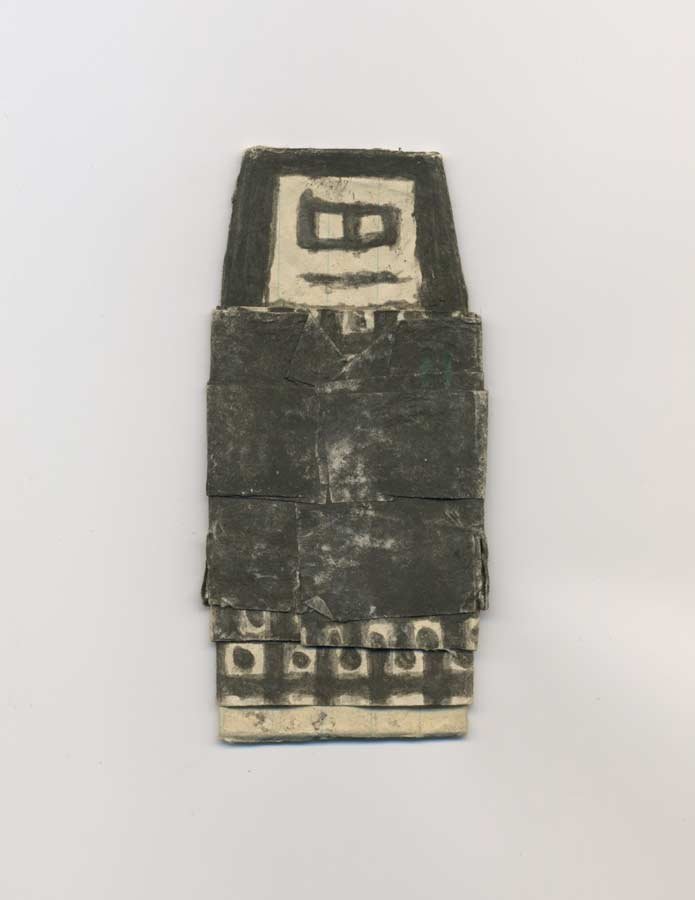





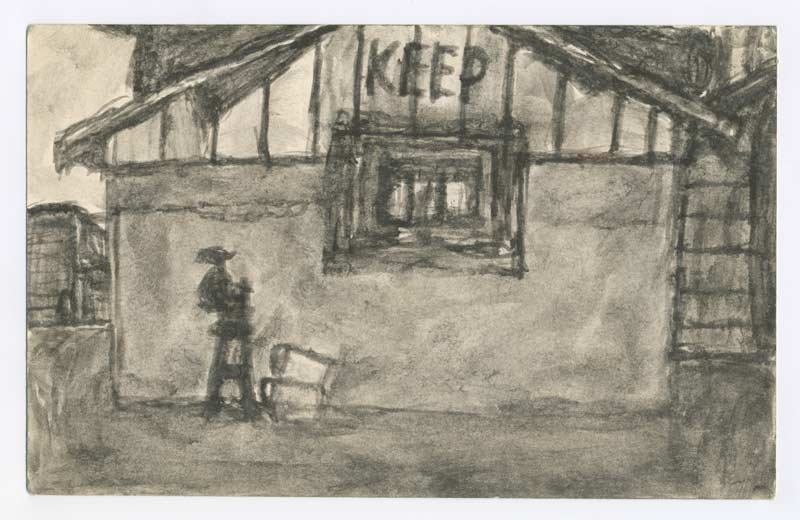





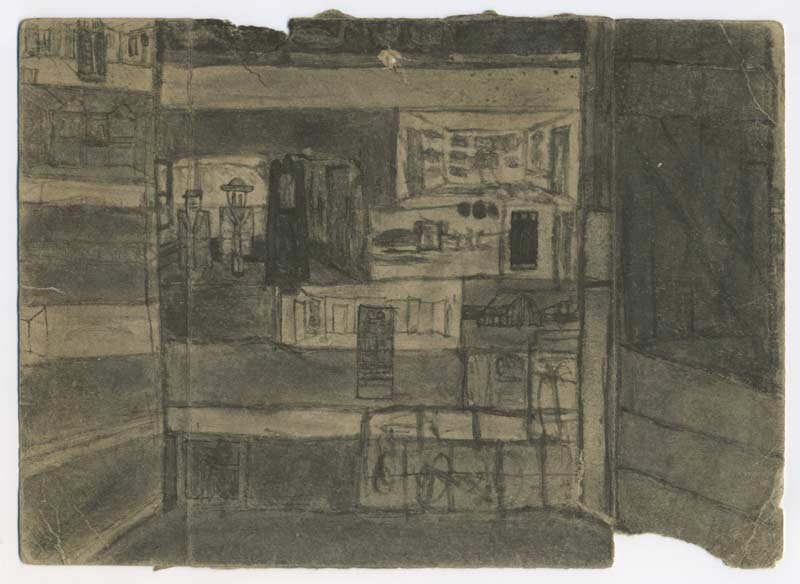








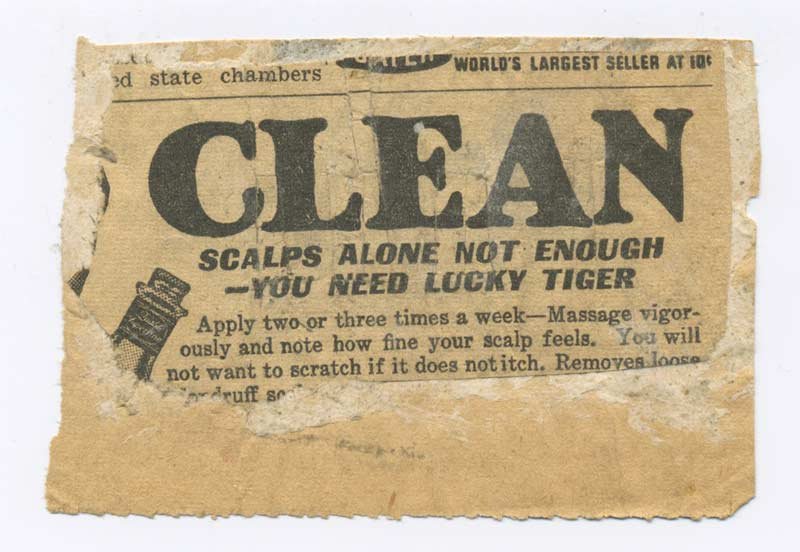
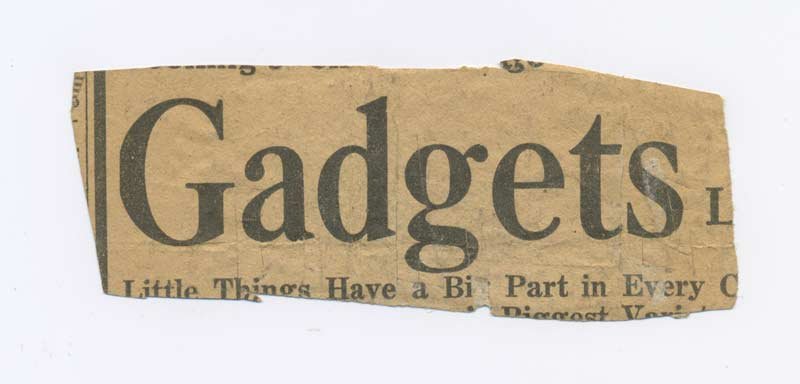



Soot and saliva on found board, double-sided
8.5 x 17 inches
$18,000